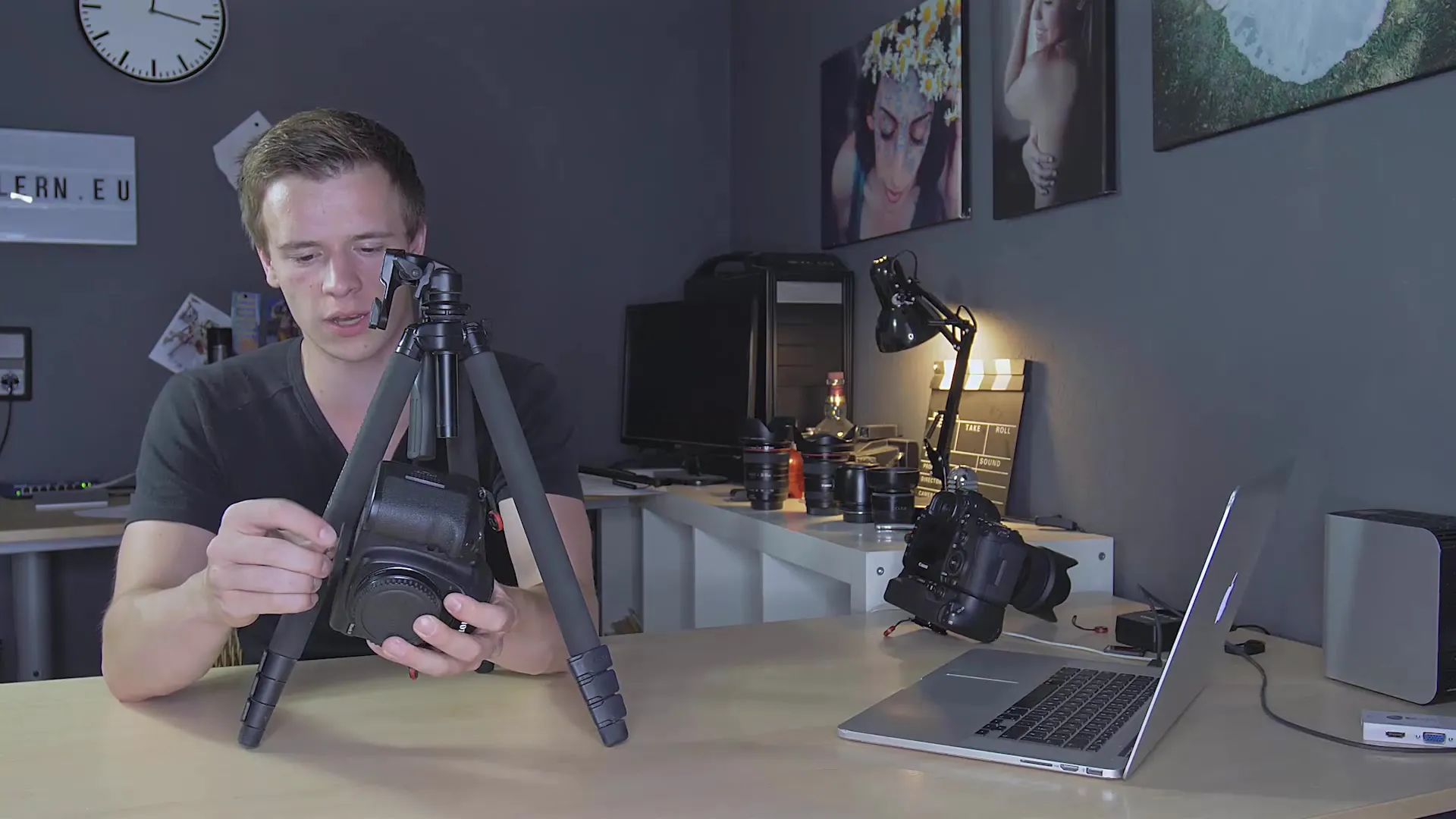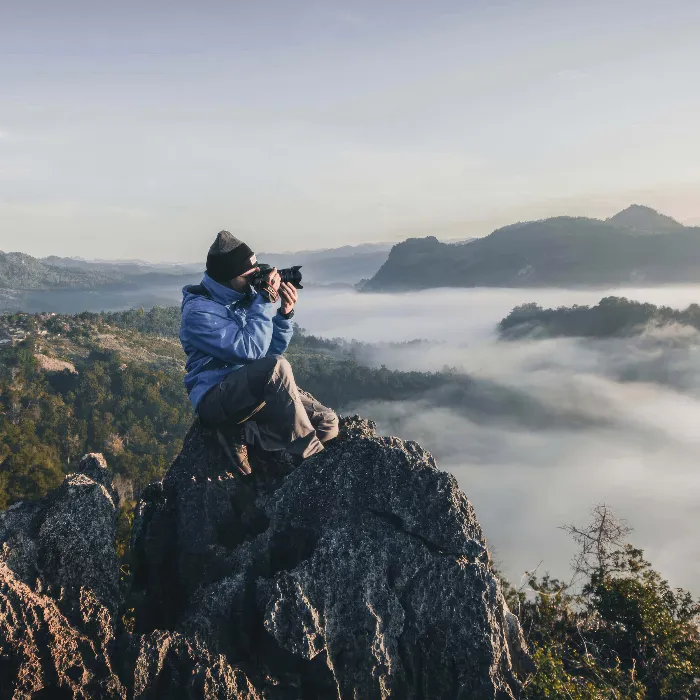Tripods are essential tools in photography, especially when it comes to long exposures or night shots. They ensure stability and sharpness, which you achieve when you position your camera on a solid surface. In this guide, I will explain what to look for when buying a tripod and what different types there are, so you can achieve the best support and results in both landscape and macro photography.
Key takeaways
- A tripod is crucial when the exposure time is longer than the minimum exposure time.
- High-quality tripods prevent shaking and provide more stability.
- Different types of tripods offer various functions and applications.
- Invest in a good tripod if you regularly do long exposures.
Step-by-step guide
Step 1: Recognizing the necessity of a tripod
A tripod is urgently needed when the exposure time is longer than the minimum exposure time, which is derived from the reciprocal of the focal length. For longer exposure times, such as from one second, it is important to place the camera on a tripod to avoid shakes and ensure clear shots.
Step 2: Material and build quality of the tripod
Tripods come in various materials: from carbon to high-grade metal and even plastic. Make sure the tripod is stable and well-made, as quality is crucial if you want to seriously get into long exposure photography. I recommend a heavier and more robust tripod, especially when working in windy conditions.
Step 3: Choosing a tripod
For regular use, it is not necessarily required to choose an expensive tripod, but for professional demands and frequent long exposures, a quality tripod can make a difference. High-quality models offer stability and weather-resistant features. Product recommendations often include tripods from Manfrotto, which provide you with long durability and functionality.
Step 4: Proper camera mounting
To mount your camera on the tripod, use a quick-release plate that is securely screwed under the camera. This plate allows you to safely click the camera onto the tripod. Make sure everything is tight to prevent slipping.

Step 5: Aligning and securing
Once the camera is mounted on the tripod, align it according to your wishes. You can extend or shorten the legs of the tripod as needed. In macro photography, it can be useful to activate the special macro mode. Remember to tighten everything well before pressing the shutter to achieve the best stability.
Step 6: Checking stability
Before you make a long exposure, check how stable the tripod stands. Even in light wind, a less stable tripod can wobble and lead to blurry images. A heavy tripod made from high-quality material offers you more security.

Step 7: Investing in a better tripod
If you notice that you are regularly struggling with a cheaper model or have to work "manually," consider investing in a more expensive model. A robust tripod not only suits you better but also offers various adjustment options – for example, you can easily swap the head of the tripod.
Step 8: Overview of tripod types
Different tripod heads (e.g., 3-way heads or video heads) offer various functions. A high-quality head helps you achieve smooth movements when shooting video, while a simple head may only provide limited functions. However, an inexpensive model is also sufficient for a beginner.
Summary – Tripod for long exposure: Tips and buying advice
If you want to seriously get into photography, you should recognize the advantages of a quality tripod. Pay attention to materials that increase stability and consider what functions are important to you. In most cases, the best decision is to buy a good tripod to improve your results.
Frequently Asked Questions
What is the minimum exposure time?The minimum exposure time is the shortest time you can set for an exposure without causing camera shake.
What material is best for a tripod?Carbon and high-quality metal offer the best stability and durability.
Do I need an expensive tripod?Not necessarily, but a more expensive tripod often provides more stability and additional features.
Can I swap the head of a tripod?Yes, many high-quality tripods allow for head replacement, giving you flexibility.
How should I attach my camera to the tripod?Use a quick-release plate and make sure everything is securely fastened.


